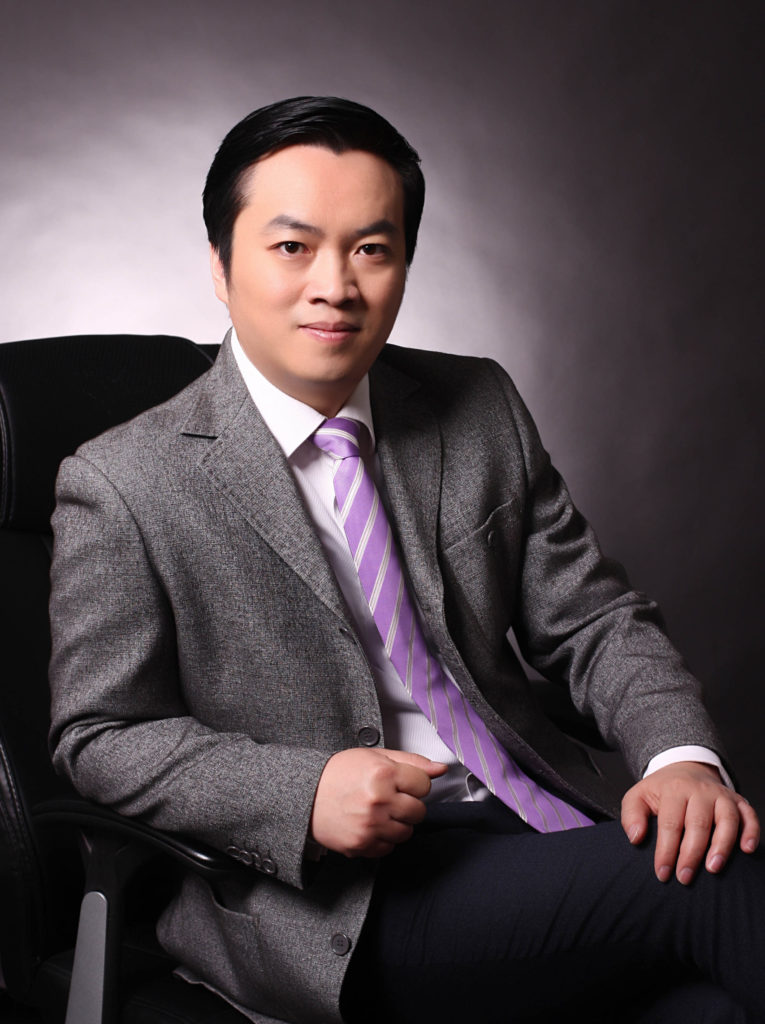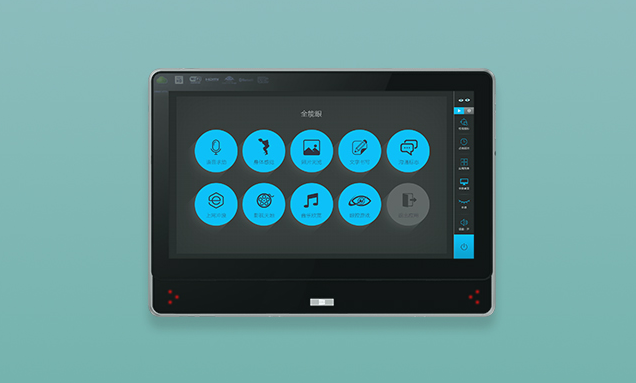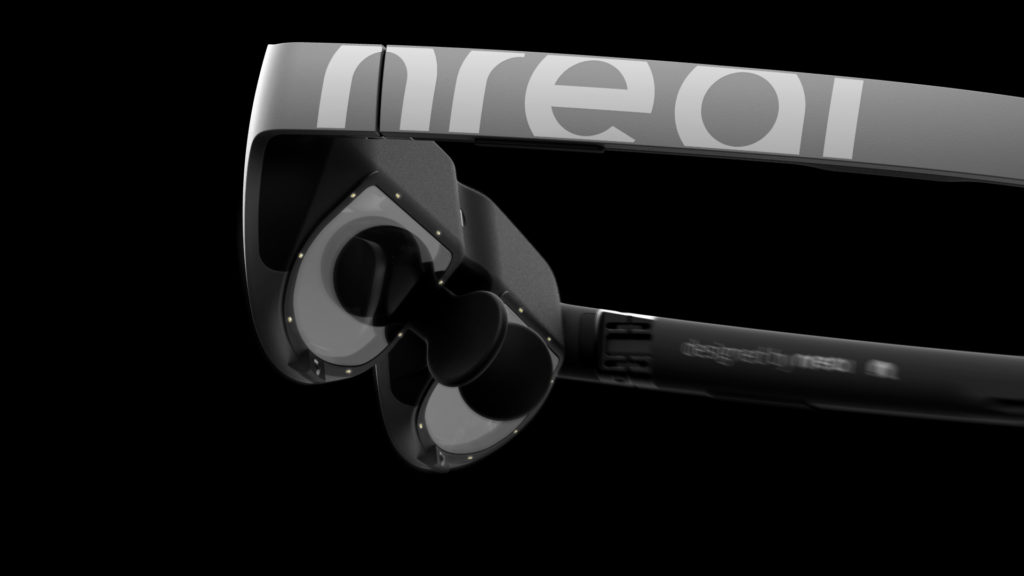Eyes are humans’ window to the world. New technologies such as eye-tracking are showing promise in a variety of application scenarios including medical assistive tools and consumer-level products like Extended Reality (XR) wearables, among other industries.
Founded in 2009, Beijing-based eye-tracking startup 7invensun, or Qixin Yiwei in Chinese, started developing eye control communication devices for people suffering from amyotrophic lateral sclerosis (ALS), a disease that affects nerve cells in the brain and spinal cord, resulting in loss of muscle control.
“Our goal is to let the world understand your eyes,” Huang Tongbing, founder and CEO of 7invensun, told KrASIA.
Huang was inspired by the Gen III Helmet Mounted Display System adopted by the US military on its F-35 combat aircraft. The helmet can display critical flight information and capture the pilot’s gaze, among other functions. Huang was keen to explore the technology in consumer-level products, he explained.
The firm had developed an array of products including eye movement analysis hardware, XR eye-tracking accessories, and augmentative and alternative communication (AAC) devices to enable operations via eye movement. 7invensun also positions itself as an eye-tracking solution provider, aiming to empower other businesses with the technology, including XR glasses manufacturers and online education firms.
The company has already obtained over 411 patents related to eye-tracking, according to Huang.
7invensun’s backers include US-based semiconductor firm Qualcomm, ZTE Capital, China SME Development Fund, and CAS Investment Management. In 2018, it raised an undisclosed Series C round of investment from Wuhan Certain Capital, Zhongguancun Development Group, and Topping Capital.

Unlocking the potential of eye-tracking
“At the beginning, there was little awareness of this emerging technology. We needed to find an application scenario where eye-tracking could be a must-have,” Huang said. The firm decided to target the healthcare sector as a starting point.
The company’s eye-control AAC devices assist people who cannot use their hands to operate computers. The device, equipped with infrared cameras, captures users’ eyeball movements allowing them to type, draw, and even play games. Prices of these AAC devices range from RMB 1,350 (USD 206) to RMB 20,000 (USD 3,057).
7invensun provides its eye-tracking hardware and software solutions to university labs and professionals in scientific research fields such as visual behavior, cognitive deficit, and information acquisition, Huang told KrASIA. For example, Shanghai Jiao Tong University uses 7invensun’s glasses, which can record and analyze eye movement, in research studies on autism and Alzheimer’s disease.

Expansion into consumer-level markets
Riding on the rise in popularity of XR, virtual reality (VR), and augmented reality (AR) applications, eye-tracking technology has been expanding into consumer-level markets. “Eye-tracking provides an additional way for users to operate VR or AR wearables, which is more immersive than a joystick or a smartphone and can be combined with gesture and voice control,” Lu Weicheng, head of the company’s XR department, responsible for virtual, mixed, and augmented reality devices, told KrASIA.
The company already counts a slew of XR device manufacturers as clients. In 2016, 7invensun released an eye-tracking VR accessory named aGlass DKI, which enables HTC VIVE users to interact with the user interface using only their vision. 7invensun also collaborates with VR headset maker Pico and Pimax, AR glass startup Nreal, and online video platform iQiyi in developing headsets embedded with eye-tracking functionality.

“In my view, after two or three years, eye-tracking will become a mainstream feature in the XR market due to demand for higher resolution and better experiences,” said Lu.
Beyond healthcare and XR, 7invensun’s eye-movement analysis solution can be used in industries including design, marketing, and advertising, by allowing brands to glean deeper insights into consumers’ behavior, Lu explained. 7invensun offers services that use vision tracking data to test and optimize ad campaigns.
“We’re also exploring possible use cases in remote education to allow teachers to better understand the condition of students,” Huang said. He revealed that the company’s image analysis software, dubbed “Yandong Yun,” has already been testing this function.
A booming market
Per stats from Allied Market Research, the global eye-tracking market reached USD 552.9 million in 2018 and is expected to surpass USD 1.82 billion by 2024, registering a compound annual growth rate (CAGR) of 37.1% from 2018 to 2024.

While the report notes that the increasing demand for assistive communication devices is a major growth factor, it also explains the lucrative potential of eye-tracking in new uses such as lie-detection and cognitive testing, while the technology can also impact the gaming and aviation industries.
Top players in the industry include US-based Eyefluence, acquired by Google in 2016, Danish startup Eye Tribe, part of Facebook’s Oculus since 2016, and German-based SensoMotoric Instruments (SMI), which was acquired by Apple in 2017. Another leading company in the sector is Sweden-based Tobii, which is 7invensun’s main competitor, according to Huang. He highlighted tech giants’ continuing interest in XR applications, with the goal of using the technology in consumer-focused products.
Speaking on potential privacy-related issues, Lu said that it is something that all companies engaged in biometric data collection should consider. “For example, face recognition and iris recognition. Rules also vary in different countries. We always comply with the policy accordingly, by doing data masking and protecting user information.”
Aside from its Beijing headquarters, 7invensun’s hardware manufacturing operations are in Shenzhen, China’s so-called Silicon Valley. The company has around 70 employees, two-thirds of whom are working on technology research and development, Huang detailed.
7invensun hasn’t reached profitability yet, according to Huang, but he expects to break even next year as “all businesses have seen steady growth.” Meanwhile, a new round of financing is underway, he told KrASIA, without revealing further details.
This article is part of KrASIA’s “Inside China’s Startups” series, where the writers of KrASIA speak with founders of tech companies in the country.
